Why the need to Embrace Project Safety and Risk Management
In any facility or project, safety management is the topmost agenda that must be given the highest priority. This is because safety ties up all the other activities including the welfare of the human resource team. Injured workers may not be able to give their best and this lowers their productivity and effectiveness in task execution.
Having a detailed path and risk management plan to be followed will lessen the risk of both financial and reputation loss that you may suffer as a company. There are several components to a watertight safety and risk management procedure.
“Only those who will risk going too far can possibly find out how far it is possible to go.” — T.S. Eliot
Onsite Facility Evaluations
A review of potential risk hazards at the project site is very important. Such an evaluation should cover the equipment and machinery, the workers and members of the public. The potential risk areas need to be documented and addressed comprehensively. Onsite facility evaluations should involve onsite meetings with the project managers and supervisors, walkthrough facility inspection, exit meetings to review the project layout and discuss the observations. This will minimize worker injuries and stay at work cases which have the potential to lower production significantly.
Project Audit
Regular project audits are crucial in any safety management program. Such audits help in determining the true and fair state of a project. In addition, these audits help in pointing out any inconsistencies and underlying risks both in the process management and the human resource management. The comprehensive nature of project audits ensure that every area is mapped and the objectivity of the facility reassessed as far as scheduled milestones are concerned. Any inherent risks that could jeopardize the successful completion of the project are also analyzed at this point. Any need for additional training and reinforcement should also be highlighted here.
Hazard Control Assessment
This is a critical point in any project safety management. Through hazard identification and assessment, potential process errors can be identified at the earliest possible stage and reduced or eliminated. This will reduce personnel injuries, lost productivity and facility damage. In the hazard control assessment process, workers exposed to those hazards should be involved and the accepted hierarchy used in the selection of control methods. First the hazard elimination, then engineering controls followed by administrative controls then personnel protective equipment.
Subcontractor or Vendor Evaluation
The firm charged with undertaking the project should be assessed using all a well defined criteria. The subcontractor details including the contacts, geographical area of operation and a history of the previous projects undertaken should be looked into carefully. Also the total number of field personnel, the number of crews and crew sizes should be established beforehand. The state of the vendor with respect to OSHA and WAC Compliance should be analyzed at length because this could open up some potential risk areas.
Evaluations and Communications
Without a detailed risk evaluation and communication plan, it will be difficult to determine whether the safety objectives are being met or not. There are various activities that take place during facility evaluation. They may range from risk communication problem diagnosis to measurement and analysis of the project effects and outcomes. Evaluations can give timely signals for project and facility modifications. This can help avert safety related disasters.
Safety and risk management programs should be embraced by all people from the project leaders to the low level workers.

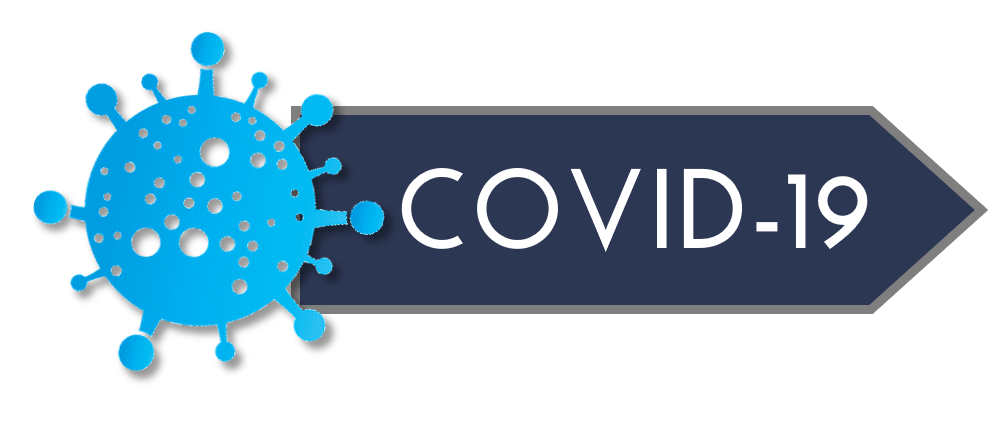
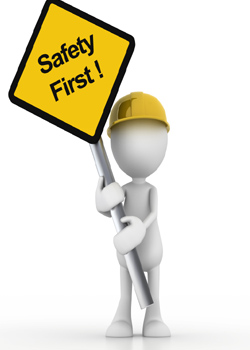

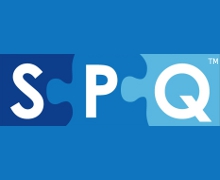
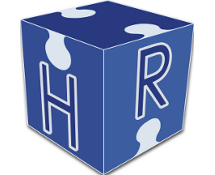
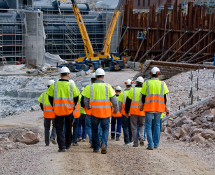
No comments yet.